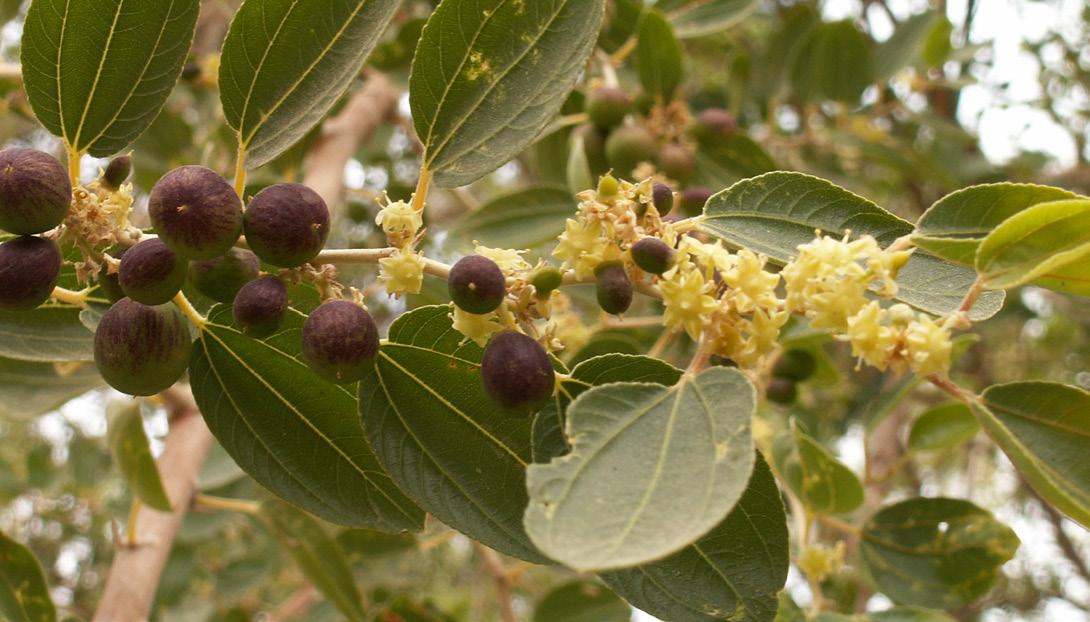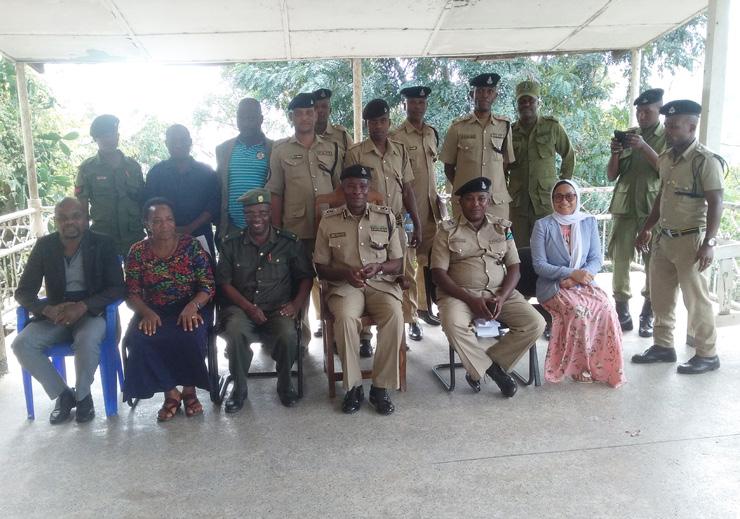
3 minute read
Practical Beekeeping –A simple way to make starter strips for top-bars
PRACTICAL BEEKEEPING A simple way to make beeswax starter strips for top-bars
Janet Lowore, Programme Manager, Bees for Development
Top-bar bee hives are designed to be bee hives in which the beekeeper can lift the bees’ combs from the hive and replace them, i.e. they are moveable-comb hives. It is ideal if the combs within a top-bar hive can be handled individually, without causing them to break. However, as anyone who has used top-bar hives knows, this is not always the case. Sometimes bees build their combs in a curve or in a wavy pattern and once they start doing that – it is hard to correct. There are several tips and tricks which beekeepers can employ to encourage bees to build straight combs, with one comb on one bar. Making sure the width of the bar is correct is essential: this means 35mm wide for European Apis mellifera honey bees, and 32mm wide for African Apis mellifera honey bees. It is also useful to provide the bees with a guide down the middle of each bar: this can be a ridge, a groove, a point, or a starter strip of beeswax. In this article we demonstrate how to make a simple starter strip of beeswax on a top-bar, even if the bar itself has no guiding features.
1
Take a piece of wood, such as a spare top-bar, and soak it in a bucket of water. This is your guide bar.

2
After soaking remove the guide bar from the water and align it, length-ways along a top-bar making a right angle all the way along. Hold the two pieces together very firmly with a slight tilt downwards and then rotate so that the guide piece is somewhere between vertical and horizontal.

3
Take a pan of molten beeswax and carefully pour beeswax on to the wet guide piece and into the groove created where the two pieces meet.
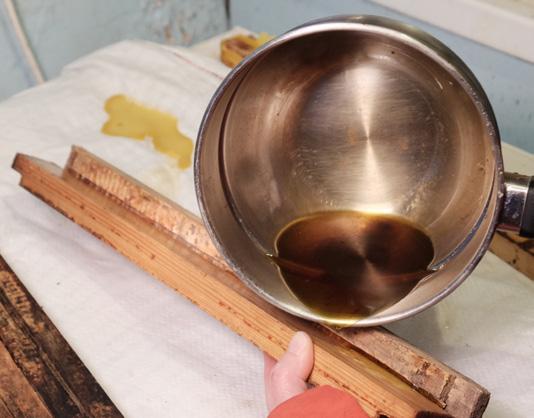
4
Continue pouring until you have created a thin layer of beeswax all the way along the guide piece but touching the top-bar.

5
Wait for a few seconds for the beeswax to set. Note that sometimes the beeswax that settles where the two bars meet can take longer to harden. Do not be tempted to remove the guide bar until you are sure all the beeswax has hardened, otherwise the strip will come away from the top-bar.

6
Hold the bar very still and firmly with one hand. With the other hand gently pull the guide bar away from the beeswax strip. The two should separate quite easily leaving a beeswax strip protruding from the top bar.
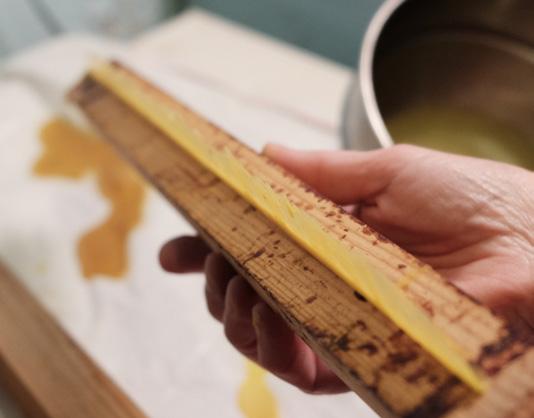
7
All done! Carefully put your bar with beeswax strip to one side and move on to the next one. When you have enough, take them to your hive and put them into position. If all goes to plan your bees will use the strip as a guide on which to build a nice straight comb.
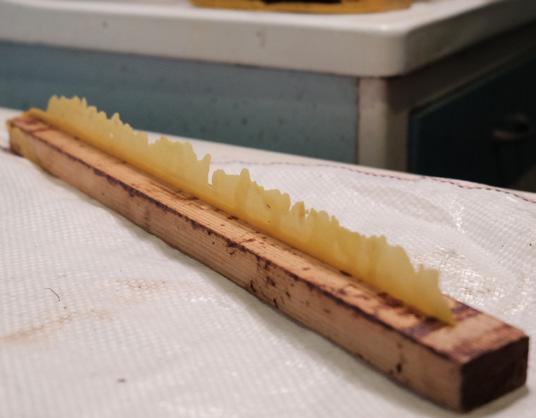
8
The final stages are completed by the bees! As this image shows a starter strip can help ensure you end up with straight combs

All images were taken in the UK using European top-bar dimensions and British Apis mellifera honey bees. The method can be replicated anywhere.
Protecting remaining tropical rainforest is critical to mitigating climate change.
Tropical rainforests are the most important ecosystems for mitigating climate change, yet they are increasingly destroyed for agricultural expansion. Of the world’s three largest tropical rainforests (the Amazon, Congo River basin and Southeast Asia) only the Congo rainforest has enough standing forest left to remain a strong net carbon sink. This forest sequesters 600 million tonnes more carbon dioxide per year than it emits (equivalent to one-third of the carbon dioxide emissions from all transportation in the USA).

